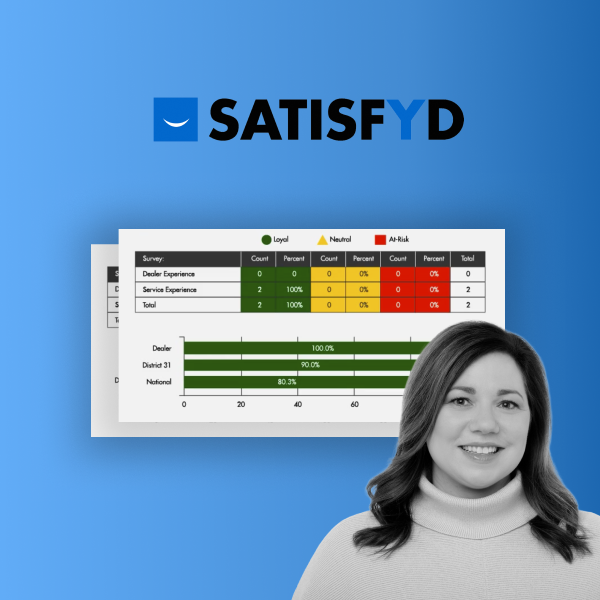Maximizing the value of your BI project relies heavily in usability and user adoption. One cannot go far without the other. And both together lead to fast and lasting ROI. These BI best practices will help you design a BI solution that works for everyone in your company, in every department.
Best BI practices
1. Create a BI roadmap
Before any BI implementation can begin, and ideally before a BI solution can even be purchased, a critical BI best practice is mapping out a BI strategy. This includes gaining input from each department that could benefit from BI—from the warehouse floor to the C-suite.
Map out where within the business BI can make the most significant impact both now and over time so there is a clear picture of what will be accomplished right away, and what will be added on throughout the scoping process. Give users data little by little, and let them reap the benefits of BI quickly. BI best practices for implementation include always thinking big, but starting small for successes to cross off your list. Then expand in scope and data sources when the time is right.
2. Establish the metrics that matter
Defining the most critical metrics for your company is an important step preventing information overload which is why this is a critical BI best practice. It's also one in which we often see companies struggle with. Many companies try to focus on too many different metrics without focusing on the KPIs that truly matter. This is true of internal as well as external indicators.
Start with your goals or the key results that determine your success. Once you know those, you can work your way back into the business and clarify which activities have the bigger impact on reaching that end state. With the objective in mind, it becomes easier to filter the important data from the not so important.
3. Define your action loops
The Action Loop, or OODA Loop as it’s also known, is the decision cycle of Observation, Orientation, Decision, and Action. BI is meant to deliver data in a way that makes cycling through that process fast, efficient, and trustworthy.
Once you know which key metrics matter most, you should document, or “wireframe,” your Action Loop before you start designing. This should be done primarily by or in close cooperation with the business people who will ultimately need the information to make better decisions. This documentation is critical for the personnel who will prepare the analyses for you.
4. Assign the responsibility matrix roles
An important part of designing your Action Loop is assigning Responsibility Matrix roles. The OODA Loop tells you what you’re going to look at. The remaining undertaking of creating a project based on BI best practices is addressing who is looking at this data, what their duties are within that decision cycle, and the information they will need in order to execute those responsibilities. When looking at the Action Loop, you must consider the four roles of the Responsibility Matrix. They are Performer, Accountable, Controller, and Informed.
5. Identify the BI user personas
Employees’ use of BI varies across organizations and functions. Some users will need access to advanced analytical functionally, some need access to a few dashboards and reports through their mobile devices, and others might just need to follow a few KPIs on a flat screen in their working environment. Analyses, dashboards, and reports aren’t one-size-fits-all. A strategy built on BI best practices will answer the business questions in a way that makes most sense to those who need to know the answers.
Start by grouping users into predefined roles, much like you did for the Responsibility Matrix. Instead of grouping by responsibility though, think of this as grouping by BI user experience. In our experience there are generally four different groups of BI users in your organization you should consider when you work with any business intelligence tool: Information Consumers, Business Users, Business Analysts, and Information Designers.
6. Recruit an internal BI ambassador
It helps to have a staff member dedicated to spreading support and BI best practices among employees in every department. This person should have a technical knowledge of the solution. He or she should be able to provide basic training, technical support, and additional resources to the rest of the team. Often this person is the Information Designer or Business Analyst role within a company.
A BI advocate should also have a solid understanding of the other BI user personas within the company so they can best design reports, analytics, and dashboards that meet the needs of various users. They should serve as a liaison between the acutely technical and the everyday Business Users and Information Consumers.
7. Provide the proper training
It is essential that every BI user is armed with the right lessons and information to make the most of the software. Everyone should have access to downloadable content and videos as well as, at the very least, an initial lesson presented by an expert in the BI solution.
Only when every user understands the tools in their toolbox can they fully take advantage of the true power of self-service business intelligence and analytics. In the way that humans only use 10 percent of our brains, many BI users—save for the company BI power users—use a similarly small percentage of the power of their BI solution. Knowledge is power.
8. Place BI where employees work most
When introducing any BI solution into your company, remember: Adding another platform for people to access information creates a more complex process. The more complicated a process becomes, the less likely it is to be executed.
The solution is not to change the processes that already exist for companies; it's to provide access to the right information where people are already working. Embedding an analysis on the product card in your ERP system or on the customer card in your CRM system is an easy way to make sure you don't interrupt people's work and an important BI best practice.
9. Go mobile
As technology continues to evolve, new tools are making it possible to complete an increasingly comprehensive amount of work on smartphones and tablets. Just as email become ubiquitous in the 1990s, companies are now finding hard to live without mobile applications.
Mobile business intelligence is the second most popular application for companies on the go, coming in second only to email, according to Gartner. Business decision makers need access to their company data in the airport while waiting to catch a flight, in the cab on the way to the next big client meeting, and on the factory floor. Anytime, anywhere. In order to compete, companies must have mobile BI in their tool belt or risk being left behind. When it comes to BI best practices, this one's a no-brainer.
10. Encourage experimentation
True self-service BI encourages experimentation with data on its own. The ability to perform ad-hoc analytics with data outside the data warehouse not only saves significant amounts of time that used to be spent waiting for IT, but it encourages BI users to think outside the box when problem solving.
Analyze across millions of data sources such as flat file formats such as CSV, Excel, or Google Docs; in-house data sources such as ODBC and OData; or incorporate data from some of the world’s largest data providers to access data on everything from price development on commodities to demographic information to weather. The outside world affects your business; find out how.
Protect your BI investment
Making these BI best practices a part of your daily workflow not only improves company operations, but it changes company culture and sets you on the path to becoming a truly data-driven organization. It's time for better, faster decision-making.
.png)



